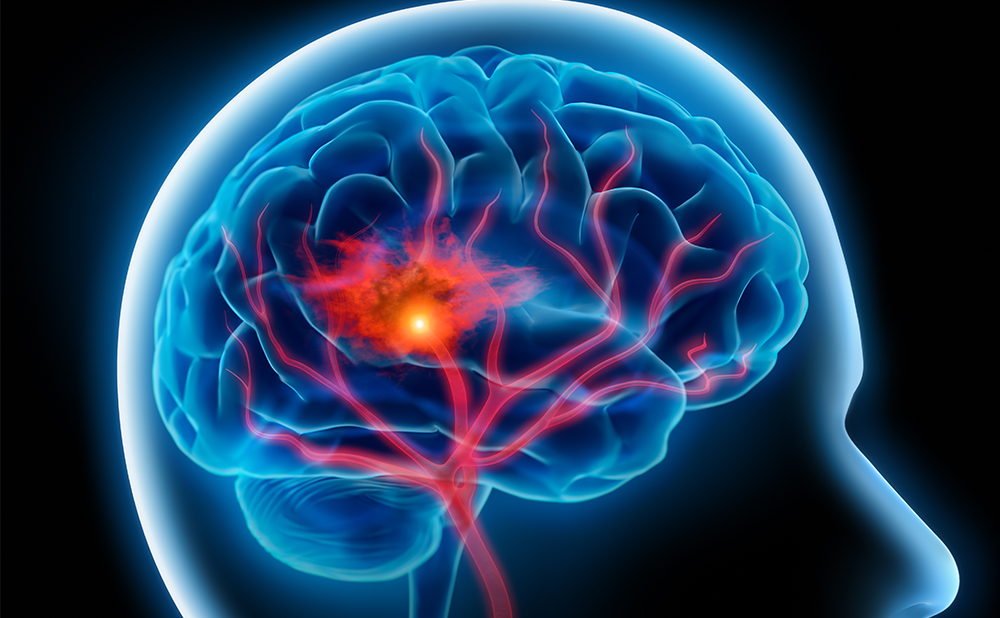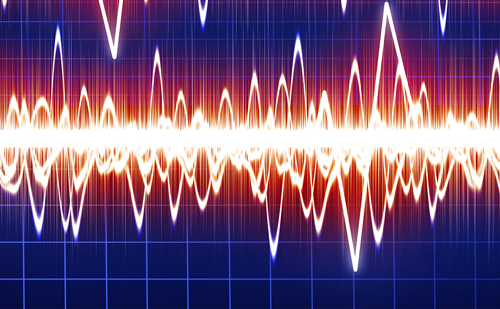Intra-operative control of vessel patency and/or successful exclusion of vascular lesions are major goals in neurovascular procedures. Direct intra-operative inspection may fail.1–4
Intra-operative control of vessel patency and/or successful exclusion of vascular lesions are major goals in neurovascular procedures. Direct intra-operative inspection may fail.1–4
Digital subtraction angiography is the gold standard for the diagnostic work-up of vascular lesions or vessel patency and can be used for a more detailed analysis, but it is a sophisticated and expensive procedure if performed intra-operatively. In the late 1960s, Feindel and co-workers presented their first results obtained from intra-operative evaluation of the vascular function of basal brain vessels and cerebral microcirculation using fluorescent dyes in patients undergoing neurosurgical procedures.5,6 Despite promising initial reports, fluorescence angiography failed to gain broad clinical acceptance among neurovascular surgeons; however, its integration into a compact system based on modern video technology and the use of a clinically well-tolerated fluorescent dye with few side effects – i.e. indocyanine green (ICG) – have prompted re-evaluation of this technique for neurovascular procedures.7
The original publication by Raabe et al. described excellent resolution with high image quality in illuminating arterial and venous vessels up to perforating arteries with a diameter of less than 0.5mm.7
One of the initial technical problems with the technique resulted from the construction of the commercially available IC-View device, in which the near-infrared laser was mounted on top of a video camera. The laser and the camera therefore had different optical axes and, in cases with a deep, narrow surgical field – such as basal brain arteries – vascular structures could be reached by only one of these optical axes, while the other axis was blocked by brain or other tissue. Combining the axis of the near-infrared laser with that of the video camera in the surgical microscope eliminated this technical limitation.8
When applied in 187 neurovascular surgical procedures, this technique of microscope-integrated, intra-operative, near-infrared ICG videoangiography showed good agreement with intra- or post-operative digital subtraction angiography in 90% of cases.8 It provided relevant information for the surgical procedure and led to modification of the surgical strategy or clip correction in up to 10% of cases.
However, it must be remembered that – in contrast to digital subtraction angiography – the ICG technique, even if microscope-integrated, depicts only superficial vascular structures that are not hidden behind brain tissue, aneurysm sacs or clips. Therefore, it is important to illuminate all vascular structures of interest during ICG videoangiography. When the contrast dye has been applied, the surgeon can still manipulate vascular structures such as a clipped aneurysm to detect residual filling of the aneurysm sac or neck. To judge equal flow in branching vessels, however, it is of the utmost importance to illuminate these vessels before injecting ICG to demonstrate simultaneous filling during the first passage of the fluorescent dye. This is because one problem with ICG videoangiography still awaits a solution: the technique is not capable of quantifying the blood flow rate within the visualised vessels, thus providing only binary information – i.e. ‘occluded’ or ‘patent’.
In contrast to the deep basal brain arteries approached in aneurysm surgery, it is much easier to illuminate and assess superficial cortical vessels by ICG videoangiography; its correspondence to post-operative digital subtraction angiography was 100% in a series of extra-intracranial bypass procedures.9
The easy-to-perform and inexpensive method was able to identify occluded bypass grafts, which led to successful revision in all cases. ICG videoangiography thus significantly increases the post-operative patency rate of bypass grafts. This contributes to the safety of extra-intracranial bypass surgery and may reduce its morbidity, since undetected early bypass graft occlusion can lead to cerebral ischaemia (see Figure 1).
ICG was approved by the US Food and Drug Administration (FDA) in 1956 and 1975 for cardiocirculatory measurements, liver function tests and ophthalmic angiography. The recommended dose for videoangiography is 25mg/injection (0.2–0.5mg/kg). ICG is excreted exclusively by the liver with a plasma half-life of 3–4 minutes. Our experience has shown that ICG can be administered repeatedly during an operation without jeopardising patient safety or compromising the image quality. Nevertheless, we recommend a minimum time interval of 15 minutes between repeated injections to allow clearance of the dye and to guarantee sufficient contrast enhancement.
Besides evaluating vascular function, ICG videoangiography can assess cortical perfusion with the aid of additional calculation software (IC-CALC, Pulsion Medical Systems). According to Kuebler et al.,10 this can be achieved by calculating a cerebral blood flow index – defined as the ratio of difference between fluorescence intensity and rise time, which is the time interval between 20 and 80% of maximum fluorescence intensity. Due to the significant contrast change by ICG and the high spatial resolution, flow can be calculated in areas smaller than 1mm2. Using this procedure, flow maps of perfusion can be generated over the surgically exposed cortex.11
In summary, ICG angiography is an easy-to-perform, cost-effective and reliable method of assessing blood flow in different large vessels or aneurysms exposed during surgery. The method was found to be helpful during aneurysm surgery, extra-intracranial bypass surgery or dural fistula surgery.
The technique may improve the quality and outcome of neurovascular procedures. Moreover, with the aid of post-processing calculation software, it provides information regarding the perfusion of the exposed cortical area. Further studies are needed to address its usefulness in other surgical procedures, such as those performed for vascular malformations or tumours. ■














